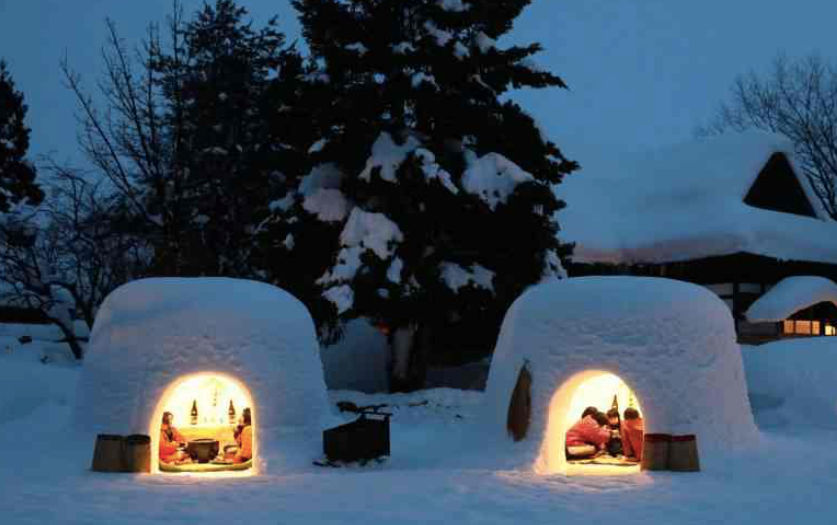Introduction
There has been a long tradition in making ice structures,
but the development of technical improvements for making ice
buildings is a new field with just a handful of researchers.
We are a research group focusing on composite ice materials
and ice construction in Eindhoven University of Technology leading
by Prof. Arno Pronk.
Using reinforced ice by adding natural fibers such as wood fibers, it is
possible to build large thin shell structures.These fibers make the ice much
stronger and create a reliable building material.
This sustainable, fully recyclable building material can be a solution
for temporary constructions in cold areas, events or even Mars missions.
Till now, We have already realized several remarkable ice projects such
as Pykrete Dome, Sagrada Familia in Ice, Flamenco Ice Tower and KAWS: HOLIDAY.
Each winter, we are seeking new opportunities new challengings. Welcome
to reach contact us if you are interested.

